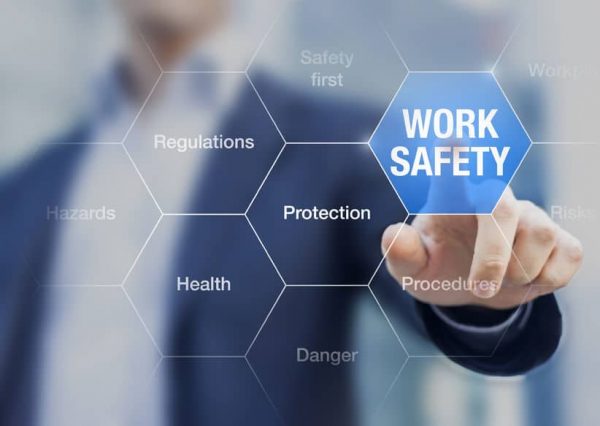When you are in business you want to expose your personal property to as little risk as possible. This is one of the reasons for setting up a separate legal entity for your business, such as an incorporated company, and for keeping your personal affairs and finances completely separate from your business.
Shareholder liability
When you incorporate a company, the shareholders get limited liability protection. That means their liability for the debts of the company is limited to the amount they have invested into the company i.e. the amount of their shares.
However, that limited liability protection is lost when shareholders give a personal guarantee for the company. Banks and other lending institutions often require personal guarantees from shareholders when lending money to a company. As a shareholder you may also be required to sign personal guarantees when your company (or other business entity) leases commercial premises. By signing a personal guarantee you put all your personal property at risk. You will not just be the back up, you may be the first call.
Director liability
The limited liability protection of an incorporated company does not protect the directors of the company. The directors can be personally liable to the company’s creditors if they have acted negligently or recklessly or failed to carry out their director duties to the level required by law.
For that reason, company directors often want to make sure they are not putting their person property at risk.
Using a family trust
A common way to put your personal property out of reach of business creditors is to form a family trust and transfer all your personal assets to the trust. Transferring all of your property to a family trust puts you in the position of “personal poverty”. Your property will legally be owned by the trustees of the trust and held by them for the beneficiaries of the trust. By doing this you technically lose control of your property, although you can still benefit from the trust and be able to live in the trust’s property.
In the past you could not give you all your property to your trust at once without having to pay substantial gift duty (gift duty was abolished on 1 October 2011). The way to get around this was to sell your property to your trust and have the trust owe you a debt back. You could then reduce that debt by $27,000 each year. This debt owed to you by the trust is seen as an asset owned by you. The creditors could require you to call up that debt in order to pay them.
If you ever become personally liable to the creditors of your business, due to your role as a director, then the property owned by the trust will generally be out of reach of the creditors (except when it can be “clawed back” by law). If you have no personal assets or money to pay the creditors, you may be made bankrupt or at the very least registered with Baycorp’s credit check system.
Clawing back trust assets
Not all assets transferred to a trust will be safely out of reach of creditors. Some assets may be “clawed back” and counted as your personal property. If that happens, the creditors will be able to use those assets to satisfy the debts owed to them.
Certain transactions that occur before you become bankrupt can be set aside. For example, property transferred to your trust could be “clawed back”.
In particular, a transfer made to your trust up to five years before bankruptcy may be clawed back, if you were unable to pay your debts at the time of the transfer. Any transfer made within six months of bankruptcy is automatically presumed to have been made at a time when you were unable to pay your debts (unless you can prove to the contrary).
Now that gift duty is abolished it is tempting to transfer all your assets to your trust at once. But by doing that you are more likely to be personally insolvent and unable to pay your debts at the time of the transfer. You will not have a debt owed to you by the trust as an asset, but you may still be liable for a mortgage to the bank. It would be prudent to see your accountant before doing this. You will need to document evidence of your cash flow solvency and the business you are engaged in, as well as completing a statement of assets and liabilities (including contingent liabilities – such as amounts potentially payable under a guarantee) at the time the property is transferred to your trust.
Further, a transfer of property to your trust (at any time) can be clawed back if it was transferred with the intention of defrauding creditors. That means you cannot set up a trust and transfer your property to the trust for the sole purpose of putting it out of reach of your creditors. You must have some other legitimate reason for transferring your property to a trust.



